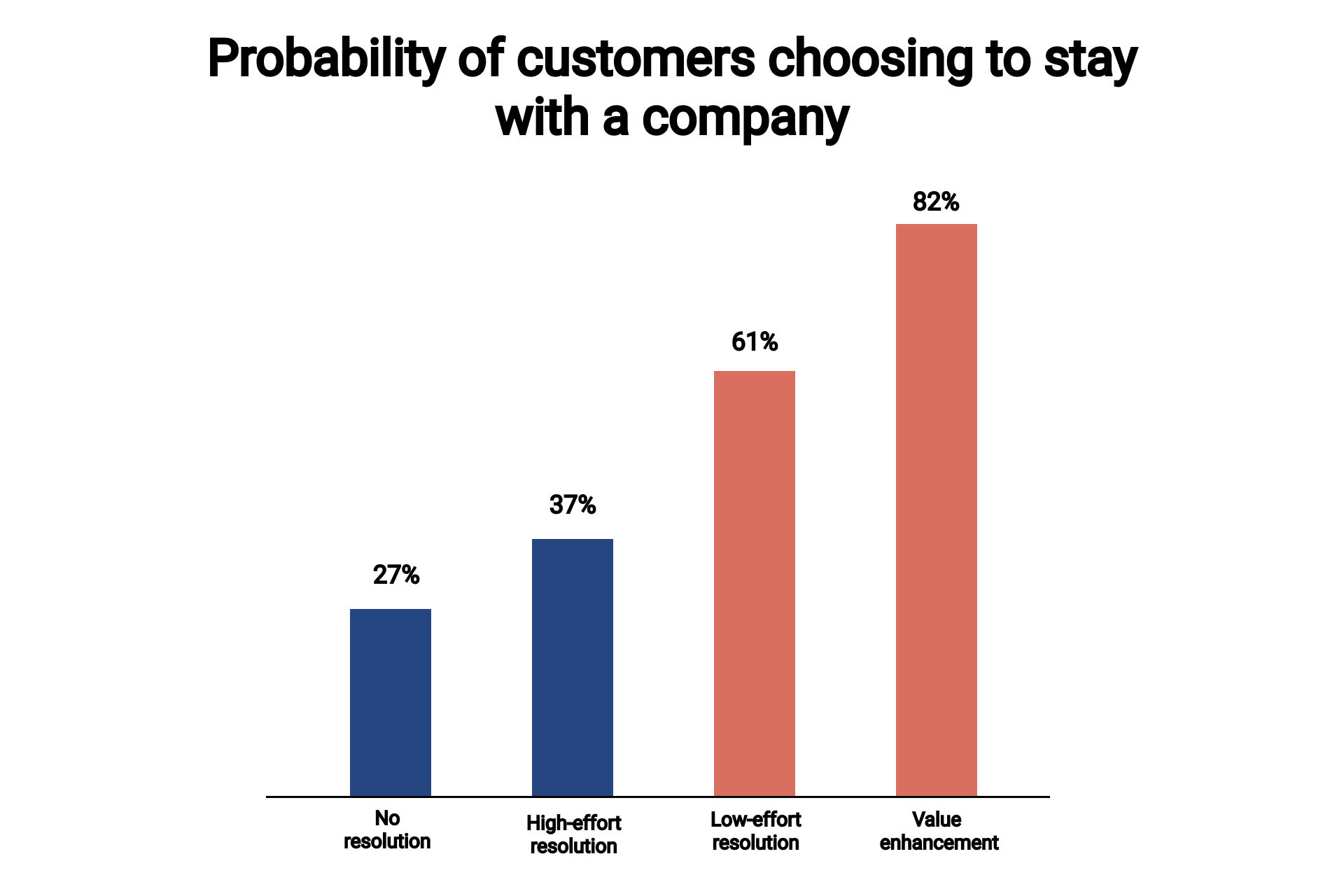Customer Loyalty: What Is It and How to Calculate It


One of the most important indicators in business is customer loyalty. A company that has a lot of loyal customers spends less money on advertising and, at the same time, gets a high income. To make customers more loyal, it is necessary to regularly examine their relationships with the brand. In this article, we will tell you in detail about customer loyalty: why it is so important, how to retain and measure it.
What is customer loyalty and why do we need it
Sometimes people confuse brand loyalty and customer loyalty. Here's brand loyalty definition. It is the commitment of consumers to one brand and the willingness to buy only its products, regardless of comfort and price. Customer loyalty is the desire of customers to buy and interact with a brand over and over again. Compared to customer loyalty, brand loyalty is more about emotional connections and an attachment to your brand.
Why is it so important to increase customer loyalty and retain loyal customers
Customer loyalty retention means that you are able to maintain good relationships with existing customers and to sell your products to them regularly. Let's look at the statistics to understand why you need to keep loyal customers. Business.com provides the following examples:
- If you increase the customer retention rate by 10%, the value of the company can be increased by 30%;
- A regular customer spends (on average) up to 67% more money than a new one;
- Increasing customer retention can increase profit by 25-95%.
This data clearly demonstrates that it's really worth paying attention to customer loyalty.
Customer loyalty is tracked in several ways.
What metrics are needed to measure customer loyalty
1. Customer Retention Rate (CRR)
This parameter shows what percentage of buyers remained loyal to you over a specific period of time. If the retention rate is low, then you have few loyal customers and vice versa.
To calculate CRR you need three reference points: the number of clients at the beginning of the period measured (CS), the number of clients at the end of the period measured (CE) and the number of new clients during a given period (CN).
Formula for calculating CRR
We offer 5 techniques to increase CRR:

2. Customer churn rate (Churn Rate - CR)
With this metric, you can calculate the number of clients lost in a certain period of time. If CR is low, it indicates high customer loyalty. If it is high, you should be more serious about customer retention.
Formula for calculating CR
3. Lifetime Value indicator (LTV)
This metric shows how much money a consumer spends in your store during their life cycle. When a customer is loyal, he makes you a good profit, increasing LTV. To calculate LTV, you need to multiply the amount of money that a customer spends on average a year in your store by how long they actually stay active.
By this indicator, you control whether the cost of attracting customers does not exceed your income.
Formula for calculating LTV
4. Repeat Purchase Rate (RPR)
Each of us strives to ensure that the customer returns to us again and again after making a purchase. The effective metric for assessing customer loyalty is the Repeat Purchase Rate (RPR).
To calculate this indicator, you need to divide the number of customers who have made several purchases over a certain period of time by the total number of customers for the same period.
Formula for calculating RPR
5. Upselling and cross-selling
Loyal customers are more likely to buy additional products that are offered to the already selected one. And if a customer looks into your store, buys the expected product, and then also buys products from a completely different category — this buyer is definitely loyal to your company. Upselling and cross-selling are usually combined to maximize revenue.
To determine the upselling indicator, you need to divide the number of customers who bought additional products by the number of customers who bought a single product.
6. Net Promoter Score (NPS)
To know NPS a single question should be asked: How likely is it that you would recommend our brand or product to your friends, relatives or colleagues? The scoring for this answer is often based on a 0 to 10 scale. Buyers who answer 9 or 10 are considered «promoters»; those who mention 7 or 8 are «passives»; and those who respond with a score less than 7 are considered «detractors». This survey is a very useful indicator in evaluating loyalty, as a loyal customer is more likely to recommend you to your loved ones.
Formula for calculating NPS
What Altcraft Marketing offers
Our team has added to the platform a special data collection service - the Forms. Using the Forms you can design a survey or quiz, send it to your clients, and find out how loyal your audience is.
LTV calculation in Altcraft Marketing platform
Summary
Here are six metrics for measuring customer loyalty:
- Customer Retention Rate (CRR).
- Customer churn rate (CR)
- Lifetime Value indicator (LTV)
- Repeat Purchase Rate (RPR)
- Upselling
- Net Promoter Score (NPS)
If you have determined during the calculation that your performance is high, do not relax. You should constantly support loyal customers: give gifts, attract them with promotions and discounts, and offer reward and loyalty programs. Using these metrics, it will be easier to retain existing customers and turn new customers into regular customers.
You might be interested in:
A podcast is easy-to-consume content that helps businesses grow. Learn how to create and publish your first episode.
Read moreLet's find out how you can increase efficiency at each stage of the customer journey with the help of data.
Read moreReactivation is a campaign for inactive subscribers who have not opened your emails, clicked the links and purchased anything for about three to nine months.
Read more



